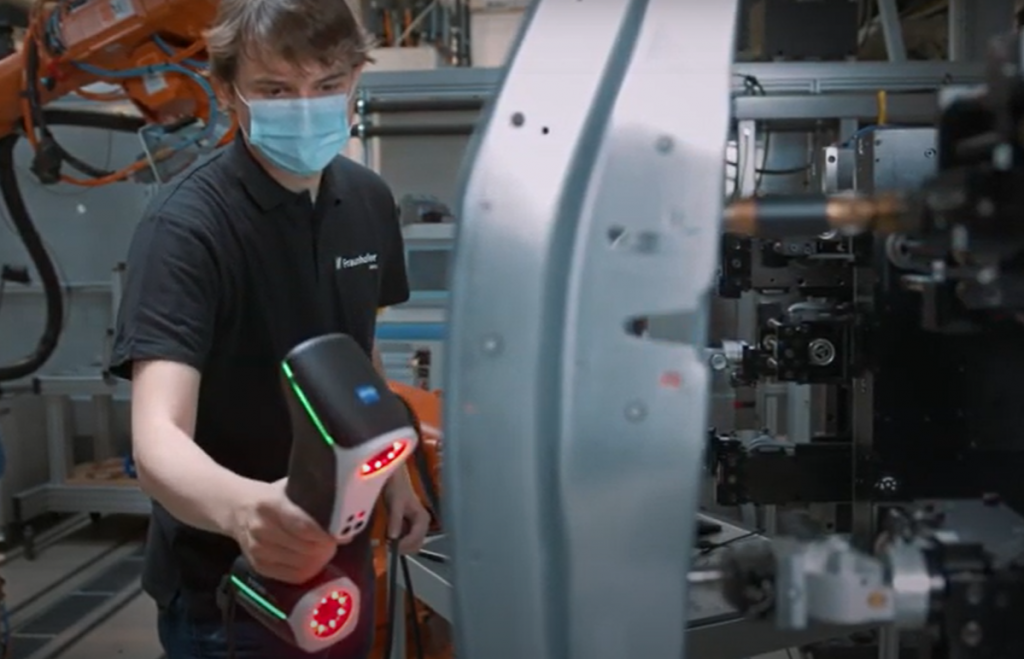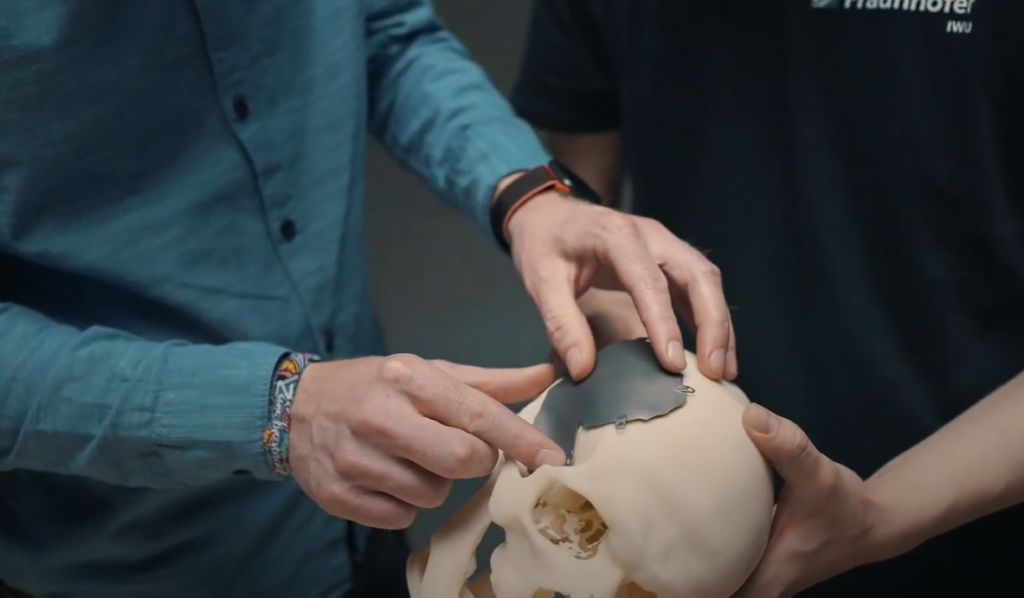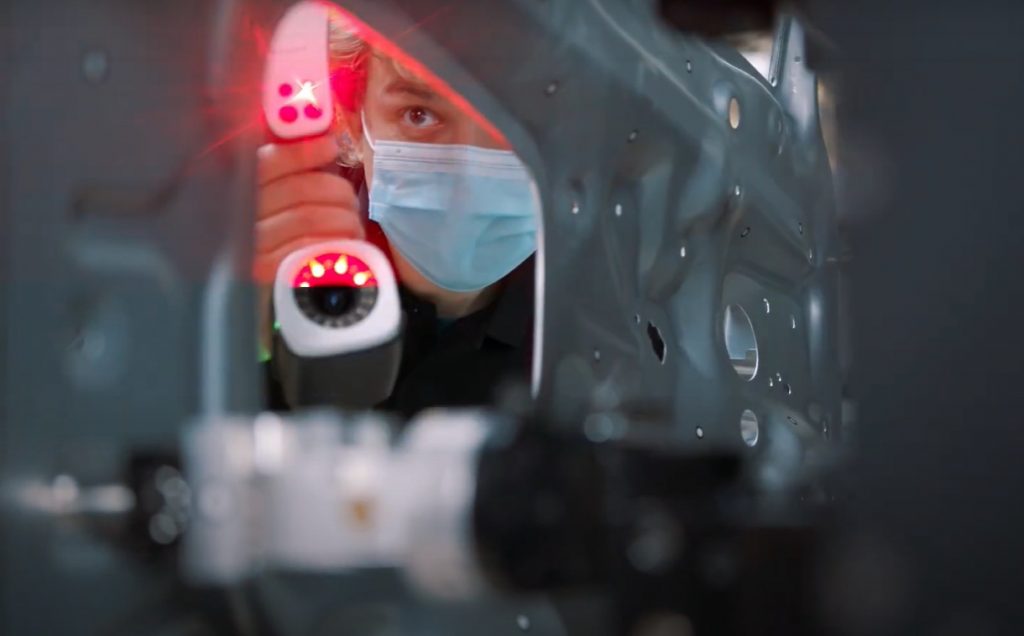Problem solver: 3D metrology
The variety of research Fraunhofer is involved in is endless. Robotics, sustainability initiatives, smarter gadgets – you name it, and you will find dozens of projects that Fraunhofer has worked on over the years that have helped the world become a better, smarter, more interesting place.
One special industry Frauenhofer has been involved in for years is Additive Manufacturing and all the exciting possibilities that come along with it.
Additive manufacturing technology, also known as 3D printing, has come a long way since its invention in the 1980s. 3D printing allows for a highly personalized approach, whether for dental implants or a knee replacement. 3D printing is fast and can begin as soon as scans are completed. Because they are completely tailored to each person’s body, there will be less chance of irritation and infection. There has been a heavy focus on how 3D printing could revolutionize dentistry, making prosthetics much more comfortable. Additive processes can also introduce a variety of materials, to ensure the best fit and most pleasing aesthetic.
When it comes to new inventions the analysis and processing of data from different measurement or simulation data becomes even more relevant to ensure high quality output. The Research Institute therefore uses the GOM Suite. It tackles the uniqueness of projects perfectly and helps the realization of new ideas.

Nice2Know:
Along with 3D printed body parts, Fraunhofer is also researching ways to make our bodies even stronger! Scientists at Fraunhofer are looking at ways to integrate sensors into knee or hip joints that have been additively manufactured. While this might sound a bit too Ex Machina for some, it’s not quite as sci-fi as it sounds. The sensors would be incredibly sensitive and lightweight, and they and would be integrated into the additive design by using reinforced fibers. Once implanted, the sensors would act like a hypersensitive monitoring system, which would keep track of temperature at the implant site, and other fluctuations that might signal a medical issue. Sensors would be able to predict problems long before current medical technologies could, meaning treatment could be applied much earlier, and many potentially serious conditions could be avoided. Naturally, there is quite a lot of interest in this area, so our bodies slowly becoming computers might not be as far away as you think!

Pioneering at Frauenhofer
There are too many exciting projects at Fraunhofer to count – from robots that can assist with the daily tasks at retirement homes, to technology that can help wounds heal faster.
3D metrology plays a crucial part in all areas when it comes to constantly advancing current technology standards.
